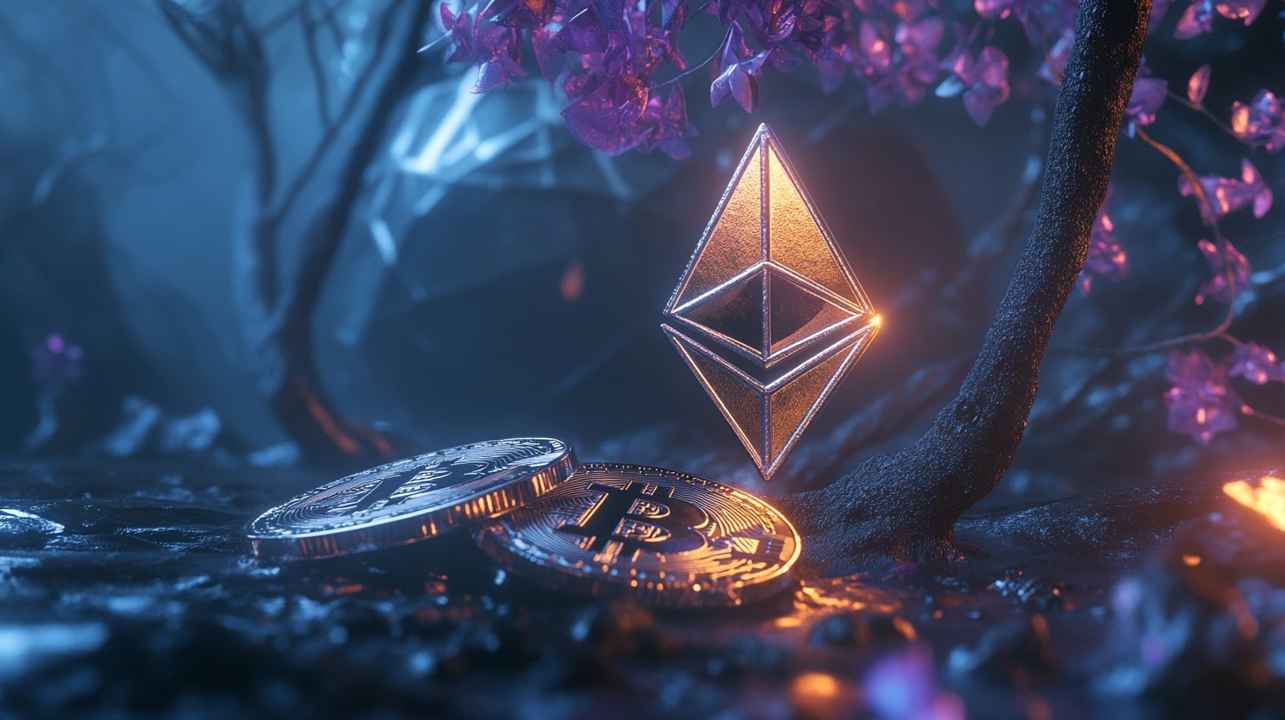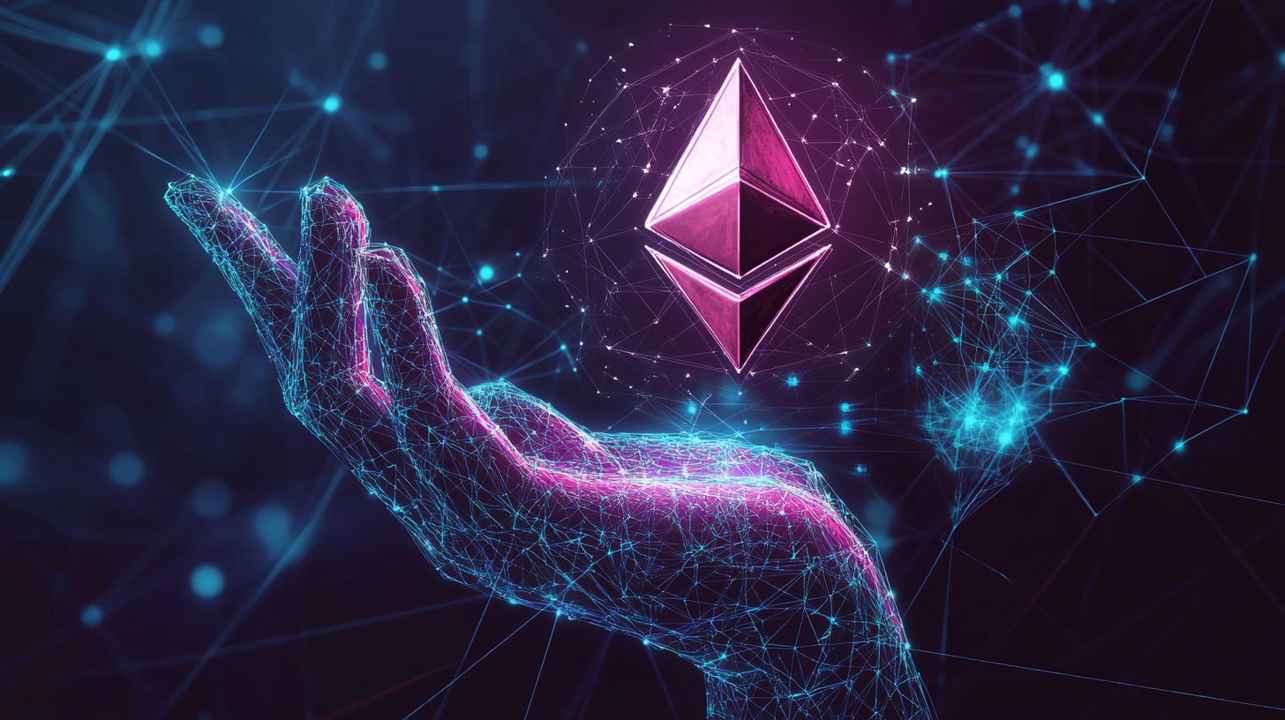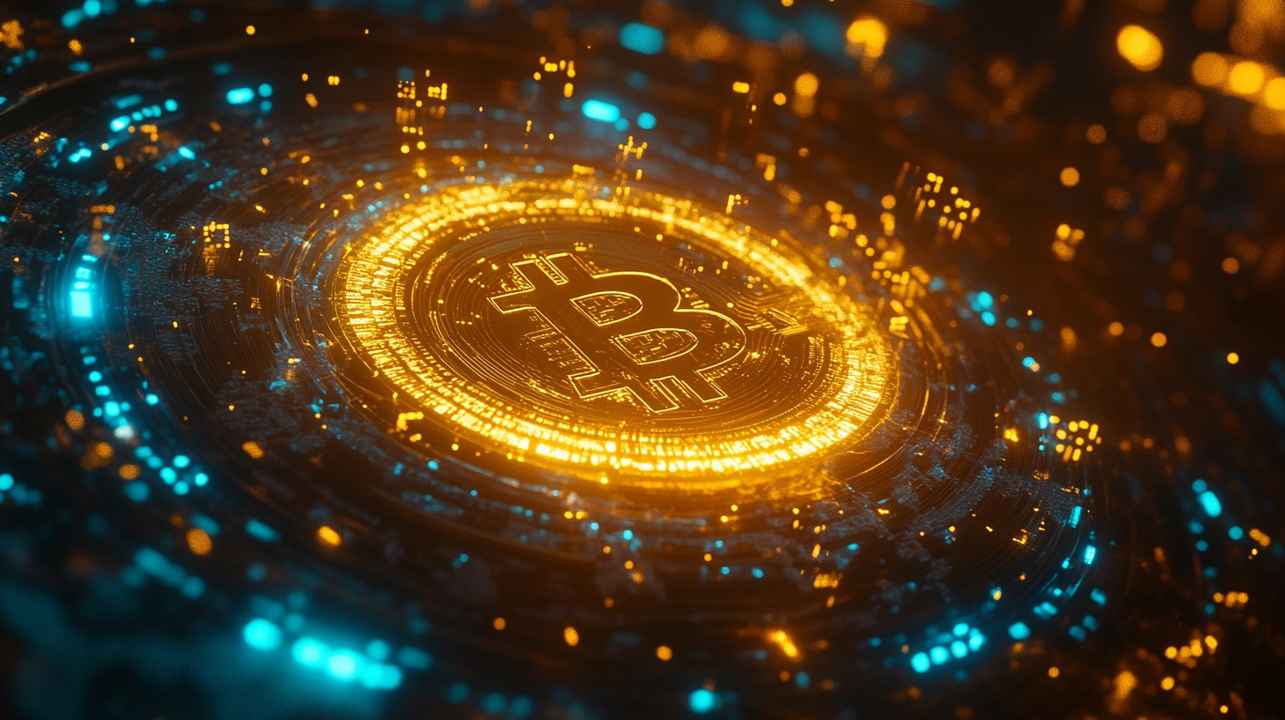Let Ethereum Shine Again: An Ethereum-based Rollup Analysis
The Ethereum-based rollup may enable the Ethereum L2 ecosystem to once again interoperate, but this solution is not as easily achievable as supporters had hoped.
Original Source
Ethereum has successfully alleviated mainnet congestion and high gas fees through a rollup-centric Layer-2 roadmap, but this has also led to ecosystem fragmentation.
L2 solutions designed to scale the network have now become isolated islands, each with its own rules, systems, and barriers.
Liquidity is isolated, users are trapped in bridging between L2s, and developers must choose whether to build on Base, Arbitrum, or Starknet.
However, over the past year or so, the community has increasingly discussed Ethereum-based rollups as a potential answer to this issue. It is rumored that Ethereum-based rollups will restore interoperability and composability, reviving the DeFi summer concept of "Money Legos" on L2 (referring to DeFi protocols seamlessly interacting). In short, if Ethereum-based rollups deliver on all their promised features, they will make the Ethereum ecosystem feel like Ethereum again.
The core issue Ethereum-based rollups aim to address is the use of independent sequencers on L2 — sequencers being the engine on the blockchain that orders transactions.
"When I first read about the L2 scaling roadmap from Vitalik [Buterin]'s blog post, I was hesitant as it brought trade-offs," blockchain engineer Teddy Knox told the Magazine.
"Unlike L1, early iterations of L2 had centralized sequencers with special permissions to order L2 blocks, whereas L1 has a very large node committee to validate Ethereum."

Ethereum's Surge Roadmap to Achieve 100,000 TPS ( Vitalik Buterin)
Centralized Sequencers Have Fragmented Ethereum’s L2
While centralized sequencers are very fast and have made their operators a good amount of money, they have also led to the isolation of different L2s. Transactions processed by a sequencer of a certain L2 cannot easily interact with other L2s, and this lack of interoperability has been a major factor of FUD on this year's Ethereum roadmap. (Interoperability between L2s can still be achieved without a shared sequencer through other means, but it would be "asynchronous," meaning non-real-time.)
Ethereum-based rollup (distinct from Coinbase's L2 Base), proposed by Ethereum researcher Justin Drake suggests, aims to address this fragmentation issue.
In contrast to traditional rollups, Ethereum-based rollup pushes transaction ordering back to Ethereum's L1, a situation that existed before the advent of L2s.
"The Ethereum-based sequencing approach not only leverages Ethereum's security but also contributes to the alignment of its revenue and ecosystem, ensuring deep alignment with the Ethereum mainnet, driving cheaper and faster transactions, supporting the network's sustainability directly," said Daniel Wang, co-founder of Taiko Labs. Taiko is the first project to adopt Ethereum-based rollup and put it into production.

The revenue Taiko brings back to Ethereum is roughly five times that of other rollups with centralized sequencers ( Justin Drake)
Composability and Ethereum-Based Rollup
This sounds very promising, but like anything else, there are also a series of issues.
In order for users to enjoy the benefits of Ethereum-based rollups, other L2s must also adopt them. In Taiko's case, they have partnered with Nethermind's Surge rollup chain, specially designed to allow users to bridge between Taiko without going through Ethereum.
However, despite being based on the same technology, these two rollups still cannot synchronize, Wang told Cointelegraph at Devcon.
“You need near real-time validity proofs to prove that changes on both sides happen at the same time,” he said. “I don’t think we are there yet, and as a project, we can’t wait until we get there to launch.”
Pros and Cons of Centralized Sequencers
When operated by a single entity or small group, sequencers can order transactions without decentralized consensus or Ethereum's 12-second block time delay.

The blockchain trilemma illustrates the challenge of simultaneously optimizing decentralization, scalability, and security.
For many L2 networks, sacrificing decentralization is worth it as it provides throughput that Ethereum L1 cannot match, although it comes with risks.
“If sequencers have to go down... performance will be affected, or they may successfully front-run your transaction unless there are other features,” Knox explained.
Using centralized sequencers brings back many of the issues decentralization and blockchain aim to solve, such as censorship and single points of failure—and the exploitation of maximum extractable value (MEV) is a big concern.
But while these issues might only concern Ethereum idealists, a major concern for the average user is switching between L2s.
The smart contract engineer for 0x, Duncan Townsend, has stated that the current process of moving funds from one Ethereum L2 to another is "not a great experience."
"Unless you're using a chain abstraction protocol, the cross-chain user experience in DeFi is pretty terrible," he explained. "If you have composability, you have a foundation. Where your tokens are doesn't matter; you can get them on any chain you need, on demand, for a cheap price."
If rollups share this order-based framework, tokens and assets should be able to interact directly with each other without relying on separate bridging mechanisms, achieving native interoperability between rollups.
Adopting a Rollup-Based Approach
By leveraging Ethereum's validator network to order transactions across multiple L2s, creating a more unified, efficient ecosystem, rollup-based approaches restore decentralized transaction ordering. Developers can build dapps that run across all participating L2s.

As of November 20, Ethereum has over 1 million validators ( Dune Analytics)
However, convincing existing L2s to give up Sequencer revenue is not easy.
"There's a major hurdle in transitioning to a sequencer-based approach, and that's all these L2 sequencers making a ton of money," Townsend said.

ETH Sequencer Revenue for Some Top Ethereum L2 Networks
According to Dune Analytics data, as of November 20, ZK rollup ZKsync has earned nearly 40,500 ETH (1.255 billion USD) in cumulative sequencer fees. Optimistic rollup competitor Base has earned 20,904 ETH (64.70 million USD), Arbitrum has earned 62,001 ETH (192 million USD), and Optimism has earned 6,916 ETH (21.50 million USD).
Are they really willing to give up this income out of idealism?
The Benefits of Ethereum-Based Rollup for Ethereum
While Wang is indeed an idealist, he argues that Ethereum-based rollup helps strengthen the security of the Ethereum mainnet as L2 activity reduces L1 activity, thereby reducing validator income.
"Ethereum-based rollup does provide L1 validators with additional fees, tips, and MEV opportunities, which will incentivize more validators to secure the Ethereum chain. Ultimately, this will make all Ethereum-based rollups more secure," said Taiko's Wang.
According to Growthepie data, Taiko is the rollup that has paid the most fees to the Ethereum chain in the last 30 days, paying $1.29 million in gas fees before November 21, almost five times that of the second-ranked Arbitrum One.

Taiko is a rent payer in Ethereum's rollup ( Growthepie)
This makes validators more profitable and encourages staking, reducing the circulating ETH supply, which may be beneficial for the price in the long term.
The Future of Ethereum: Rollup-Based or Fragmented?
Rollup provides a potential solution for a unified Ethereum ecosystem, but returning to the main chain for settlement also brings back old issues.
Wang said the key trade-off with rollups is that they are constrained by Ethereum's current 12-second block time. Arbitrum operates in less than 1 second.
"We are working with partners to enable (transaction) preconfirmation that will no longer rely on the shorter L1 block time to provide users with the best transaction experience. Users will almost instantly see their transactions included in a block," Wang said.
If there is no proposal for enhanced interoperability (such as based on rollup), the Ethereum network will inevitably remain fragmented, while DeFi challengers like Solana continue to stride forward as a unified layer-1, providing users with a more seamless experience.

Solana to Reenter DeFi Space in 2024
“Fundamentally, this is ‘how big can we make a single chain or a single rollup in terms of transaction throughput, and how fast can we settle so that when liquidity needs to move from A to B?’ It can get there very quickly, and users don’t have to wait,” Knox said.

Successful adoption requires embracing rollup-based, but not everyone is convinced ( Charlie Noyes)
Townsend indicated that rollup-based solutions are “definitely” the answer for a unified ecosystem, but it is still a novel concept, and there is currently not an active ecosystem.
“You have to convince these L2 sequencers to give up some revenue stream, to join this interoperable ecosystem, and that’s a hurdle,” Townsend said.
Disclaimer: The content of this article solely reflects the author's opinion and does not represent the platform in any capacity. This article is not intended to serve as a reference for making investment decisions.
You may also like
Bitcoin gains outpace Ethereum with 117% increase

Analyst says Ether ETF staking could start by May

Bitcoin life insurance firm secures $40M for global expansion

MicroStrategy holds 528K BTC at risk as debt pressure builds

